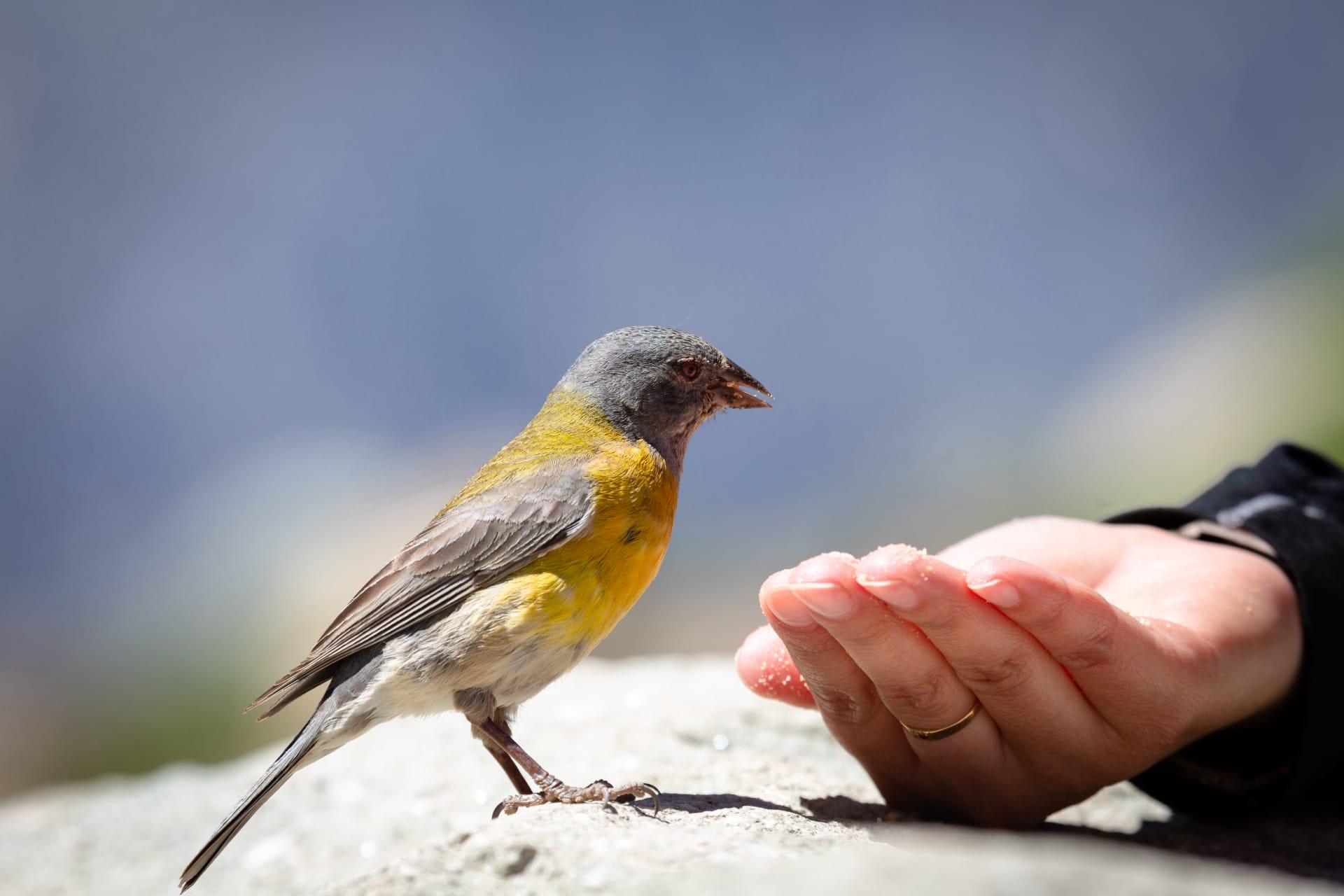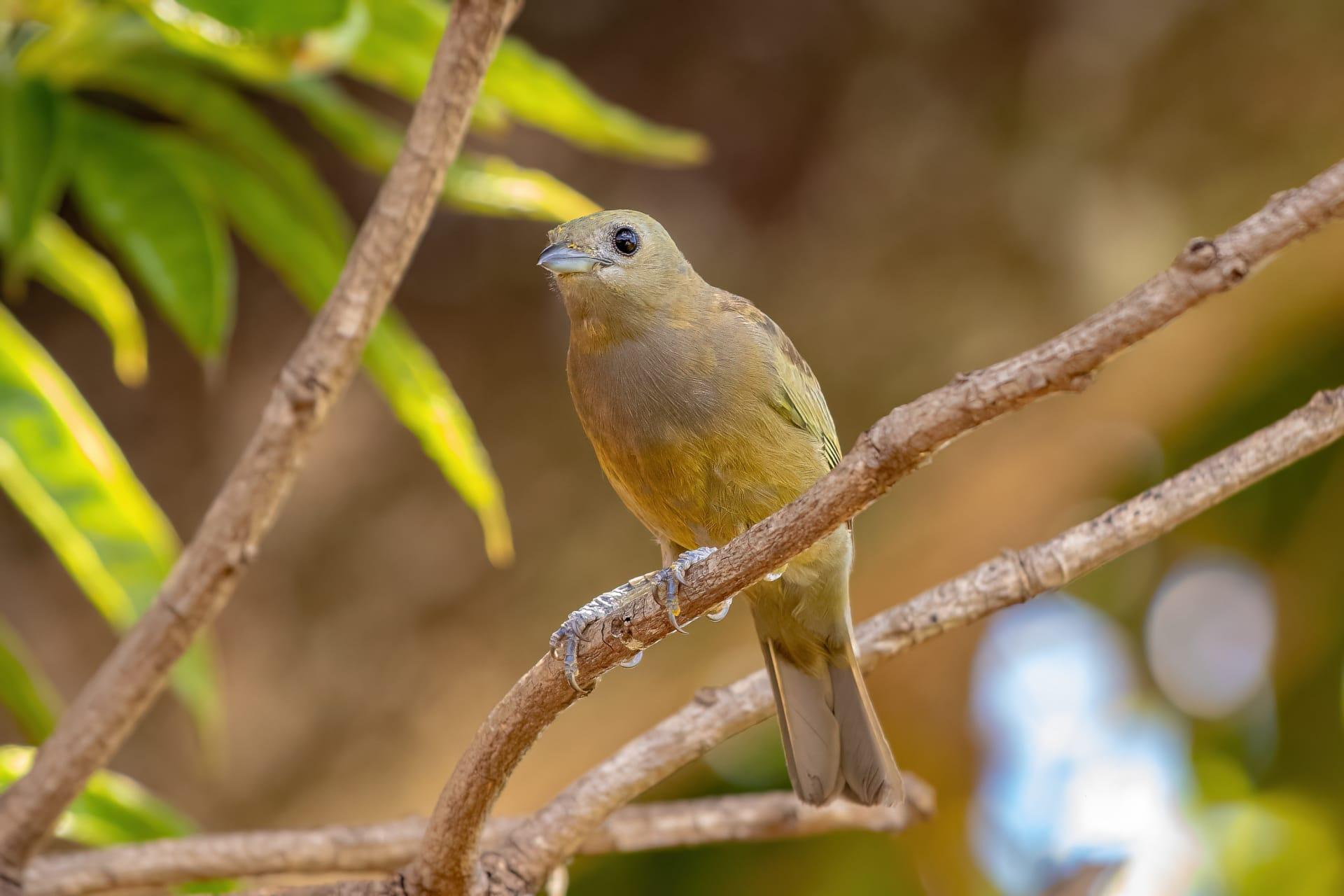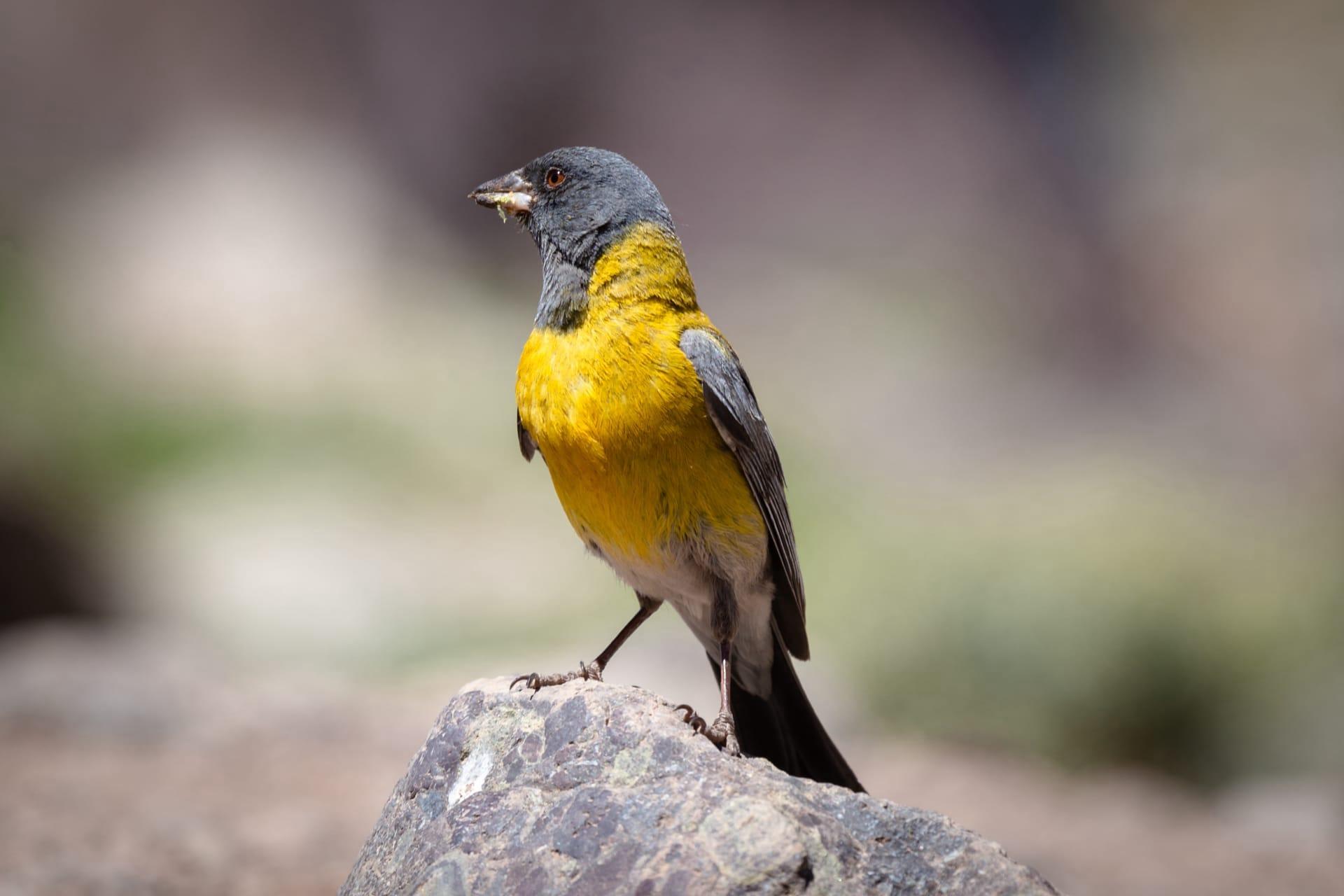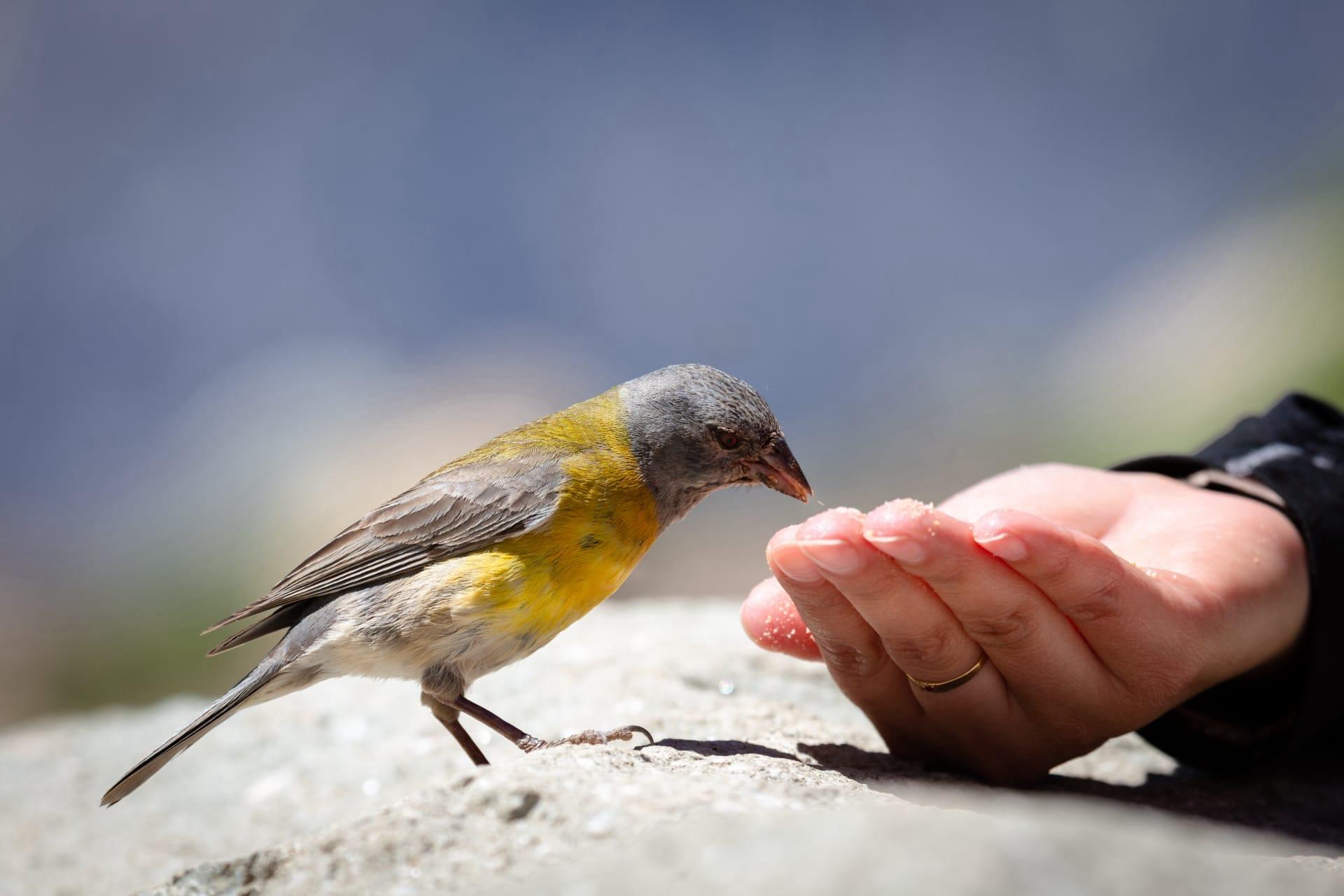Tanager
- Home /
- Mini Encyclopedia /
- Animal /
- Tanager
1
Tanagers, a diverse group of birds, belong to the family Thraupidae. This family includes over 240 species, each with unique characteristics. Tanagers are known for their vibrant plumage, which can range from brilliant blues and greens to more subdued browns and grays. These birds are small to medium-sized, typically measuring between 11 to 20 centimeters in length. They have strong, conical beaks suited for their varied diet. Genetically, they are closely related to cardinals and have been studied extensively for their evolutionary patterns.
The distribution of tanagers is primarily focused in Central and South America, making this region a hotspot for their diversity. Some species are found in the Caribbean, and a few extend into North America. Their habitats vary widely, from tropical rainforests to high-altitude Andean environments. The Scarlet Tanager, for example, migrates between North and South America, showcasing the adaptability of these birds to different climatic zones. The majority, however, are non-migratory, residing year-round in their chosen habitats.

2
Question: Is it true that all tanagers are brightly colored?
Answer: It's a common misconception that all tanagers are brightly colored. While many species do exhibit vivid plumage, there are several with more subdued colors. The variation in coloration is a result of their diverse habitats and lifestyles. For instance, forest-dwelling species often have brighter colors as a part of their mating rituals, while those living in more open areas or at higher altitudes might have duller hues for better camouflage. This diversity in coloration reflects the adaptability and evolutionary success of the tanager family across different environments.

3
Tanagers have evolved a variety of survival strategies to thrive in their respective environments. One key aspect is their diet: they are predominantly frugivorous, feeding on a wide range of fruits, but many also incorporate insects, nectar, and seeds into their diet. This flexibility allows them to adapt to the available food sources in their habitats. For instance, the Gilt-edged Tanager primarily consumes fruits but will eat insects when fruit is scarce.
Reproduction is another critical survival strategy. Tanagers typically breed once a year, with some species forming monogamous pairs while others are more promiscuous. Their nests, often cup-shaped and built in trees, are meticulously constructed to protect their eggs and young from predators. The parental care varies among species, with some exhibiting cooperative breeding behaviors where multiple birds assist in rearing the young.

4
In their ecosystems, tanagers play significant roles in seed dispersal and pollination. Their diet of fruits means they are vital in transporting seeds across their habitats, aiding in the regeneration of plant life. This seed dispersal is crucial for maintaining the diversity and health of their ecosystems.
Tanagers also contribute to insect population control. By feeding on insects, they help regulate these populations, which is beneficial for their habitats. This role is particularly important in forest ecosystems where insect outbreaks can be detrimental to plant life. Furthermore, tanagers are indicators of environmental health. Their presence and diversity in an area can signal the well-being of the ecosystem, making them valuable for ecological monitoring and conservation efforts.

5
Film: "Winged Rainbows: Tanagers of the Americas" is a documentary produced in the United States in 2020. This film explores the diverse world of tanagers across the American continent. It highlights their colorful plumage, diverse habitats, and the ecological roles they play. Through stunning visuals, the documentary provides insights into their behaviors, mating rituals, and migration patterns, offering a comprehensive view of these vibrant birds.
Book: "The World of Tanagers" by David Attenborough, published in the United Kingdom in 2018, delves into the fascinating lives of tanagers. This book offers a detailed account of their habitats, dietary habits, and breeding behaviors. Attenborough’s narrative brings the reader close to these birds, underlining their importance in the ecosystems they inhabit.
Book: "Tanager Tales: Adaptation and Survival", written by Maria Gomez and published in the United States in 2021, focuses on the adaptive strategies of tanagers. The book covers various species across different environments, highlighting how these birds have evolved to thrive in challenging conditions. Gomez's thorough research provides an in-depth look at the survival mechanisms of tanagers, from their dietary flexibility to their reproductive strategies.